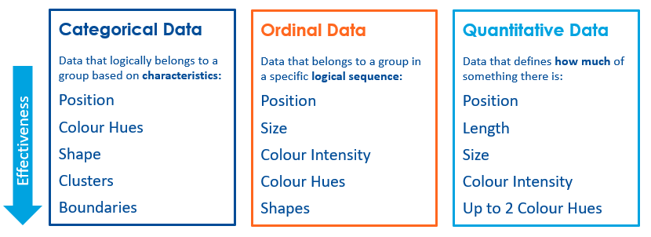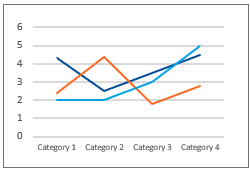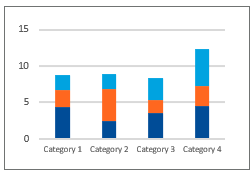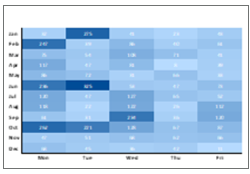We apply Data Visualization Best Practices to create impactful and intuitive data visualizations with real business value.
Optimus SBR applies Visualization Best Practices based on scientific research in cognitive psychology. Adhering to best practices makes it easier and faster to gain insights from large volumes of complex data and thereby make better decisions.
Some examples of Data Visualization Best Practices we follow are described below.




